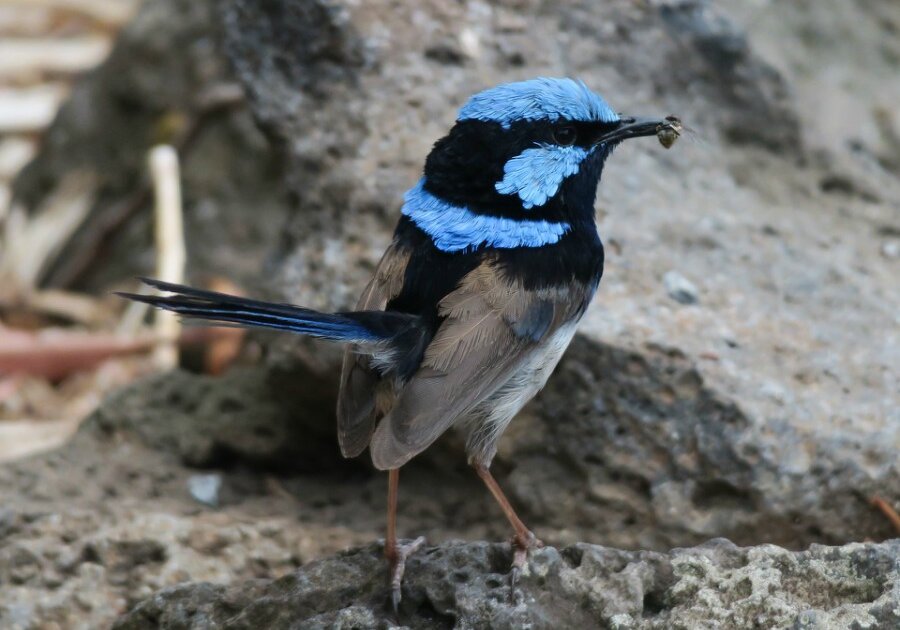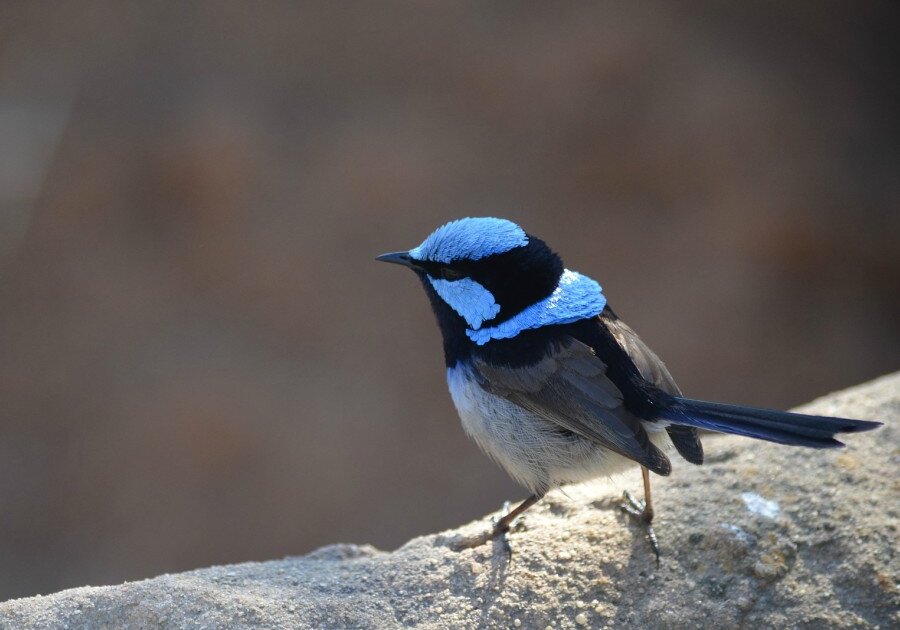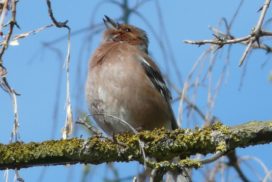LEARNING A NEW LANGUAGE—ONE WAY BIRDS OUTSMART PREDATORS
PICKS FOR YOU


Scientists have observed that some bird respond and free from danger when birds of a different species make a distress call. Birds make distress calls when they sight predators alerting other birds to flee.
Until recently scientists though birds inherit the ability from the mother or learn when they associate the distress call from other birds with danger when they encounter a predator. Researchers have discovered a third way birds learn. Let us briefly discuss each technique.
Dangerous Situations
When a predator such as a brown snake or hawk approaches a group of birds, the birds warn each other by uttering an unusual call. Neighboring birds of a different species learn keywords and start to associate the distress call with a predator. Many times it is the birds that don't know the language that pays the price.
Innate
For some birds, freeing when they hear a distress call from the mother is in inborn. For example, one-day-old chicks will run for cover when the mother makes a distress call, even when they have never seen a fox or hawk before.
Eavesdropping
A third way birds learn is by eavesdropping on their neighbors. The journal Current Biology published a new study on July 2, 2018, which demonstrated that Fairy wrens (Malurus cyaneus)—a songbird native in Australia—learns the language of other birds by listening to its neighbors.
The study was carried out by Radford and colleagues from the Australia National University. The researchers played two sounds from “tweeter speakers” to the birds namely, the alarm sound of a Chestnut-rumped thornbill, and a buzzing sound generated by a computer to two different sets of birds.
All birds involved were solitary birds to eliminate the possibility of learning from other wrens. The researchers played the buzzing sound to half the birds and the Chestnut-rumped thornbill sound to the remaining half. The Chestnut-rumped thornbill is not native to Australia, and the predators were not at the scene when the birds underwent training.
The researchers taught the birds to recognize the two previously unknown sounds as distress calls by playing them in conjunction with the wrens' alarm call, which the birds associated with danger. After three days, the birds run for cover when they heard the strange sound they learned.
Sign up to learn about new articles!
Be the first to know when we post a new nuggets of wisdom on Zala Hub. Read exciting and educative articles about the natural world!
RECENT POSTS
Why do birds sing?
WHY DO BIRDS SING? Bar Winged Prunia Fink Most of the songs and bird calls are made by male birds…
Read MoreHow can you attract birds to your garden?
HOW CAN YOU ATTRACT BIRDS TO YOUR GARDEN? Bird on shrub Bullfinch Birds are always looking for nesting sites, cover,…
Read More





I really like what you guys are up too. This kind of clever work and exposure!
Keep up the great works guys I’ve incorporated you guys to my personal blogroll.
Keep on working, great job!
I’ve been exploring for a bit for any high quality articles
or weblog posts in this kind of house . Exploring in Yahoo I
eventually stumbled upon this web site. Studying this information So
i am glad to express that I have a very just right uncanny feeling I came upon exactly
what I needed. I most undoubtedly will make sure to don?t disregard this web site and give it a look on a constant basis.